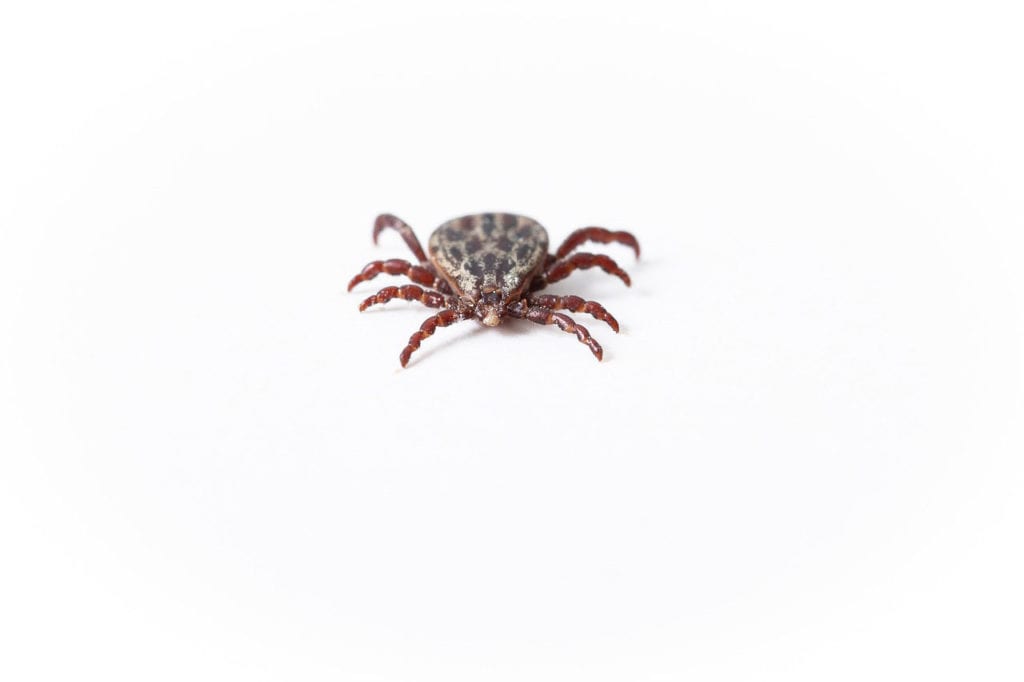Note: Research Square publishes preliminary, non-peer-reviewed scientific reports. Therefore, while the data below is interesting, it is not academically published and, as stated within the published article on Research Square: “the posting of a preprint on this surver should not be interpreted as an endorsement of its validity or suitability for dissemination as established information or for guiding clinical practice.”
As COVID-19 has continued to spread across the world, researchers have worked to better understand this disease – and potential comorbidities. According to News Medical, one such study centered around the relationship between COVID-19 and Lyme disease. In particular, researchers sought to understand whether a history of Lyme disease – and sustained antigens against the bacteria which causes it – could cause a more mild or severe case of COVID-19. This work was supported by the National Centre for Research and Development in Poland.
Altogether, the research explored data from 31 patients with severe COVID-19 infection, 28 patients with mild COVID-19 infections, and 28 controls. To begin, researchers collected serum samples from all individuals. Additional testing found that antigens for Lyme disease were found in:
- Eight individuals within the control group.
- Nineteen individuals within the mild/asymptomatic COVID-19 group.
- All 31 individuals within the severe COVID-19 group.
Researchers also found significantly higher IgG antibodies against these antigens in those with severe coronavirus than in the other groups. This also correlated with higher rates of hospitalization. Finally, the research team discovered that those with severe COVID-19 also had higher antibody levels against anti-Anaplasma antigens.
Ultimately, the data suggests that a history of Lyme disease could potentially contribute to worse COVID-19 cases. However, more research would be needed to establish any correlation.
What is Lyme Disease?
Lyme disease is a zoonotic illness which is spread through the bites of infected ticks. Borrelia burgdorferi (B. burgdorferi) bacteria cause this disease. On the Pacific coast, this illness is spread through western blacklegged ticks; in other areas of the country, infected deer ticks transmit this illness. Each year, around 30,000 cases of Lyme disease are reported to the Centers for Disease Control and Prevention (CDC). However, the actual incidence is thought to be higher. Symptoms, which typically appear between 3-30 days following infection, can include:
- Fever and chills
- Fatigue
- Muscle and joint pain
- Headaches
- Swollen lymph nodes
- Erythema migrans rash
- Note: This rash forms at the site of the tick bite and often appears in a “bulls-eye” pattern.
Later symptoms can include:
- Severe headaches
- Other rashes
- Neck stiffness
- Severe joint pain and inflammation
- Arthritis
- Facial palsy
- Muscle, bone, and tendon pain
- Nerve pain
- Irregular heartbeat
- Shortness of breath
- Dizziness
- Brain and spinal cord inflammation







